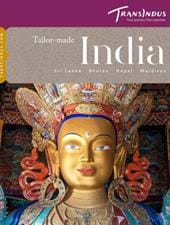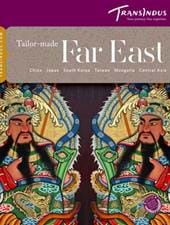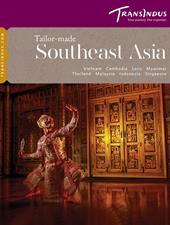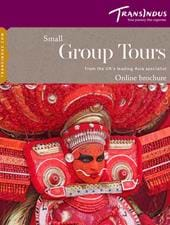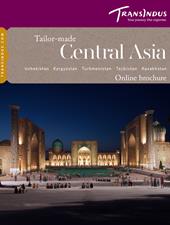One of the ‘Four Great Ancient Capitals of China’ and amongst its most attractive megacities, Nanjing (formerly known as ‘Nanking’), on the Yangtze River, boasts a history stretching back 2,500 years, though its most impressive monuments date from the era of the Ming Dynasty. Foremost among these is the tomb of the emperor responsible for designating this as the imperial capital, Zhu Yuangzhang, which occupies pride of place on Zijin Shan (literally ‘Purple Gold’) Mountain, to the east of the city centre. Approached via a paved pathway flanked by polished marble statues of animals and attendants, the beautiful 14th-century complex, known as the Ming Xiaoling, is set amid fragrant woodland. On weekends, the nearby tomb of Dr Sun Yatsen (the first president of post-imperial China) draws the largest crowds, thanks to the expansive hilltop views over the metropolis to be had from the grand stone staircase leading to it.
Nanjing’s busiest visitor attraction is the rather more sombre Massacre Memorial Museum. The atrocities that followed the fall of the city to the Japanese in 1937, when an estimated 300,000 people were slaughtered, are catalogued in displays of black-and-white photographs and half-buried skeletal remains, set in a starkly modern, but very moving, complex.
Prize exhibit among the numerous national treasures in the city’s excellent history museum is a famous mural of the Seven Sages of the Bamboo Grove, rendered on moulded bricks.

